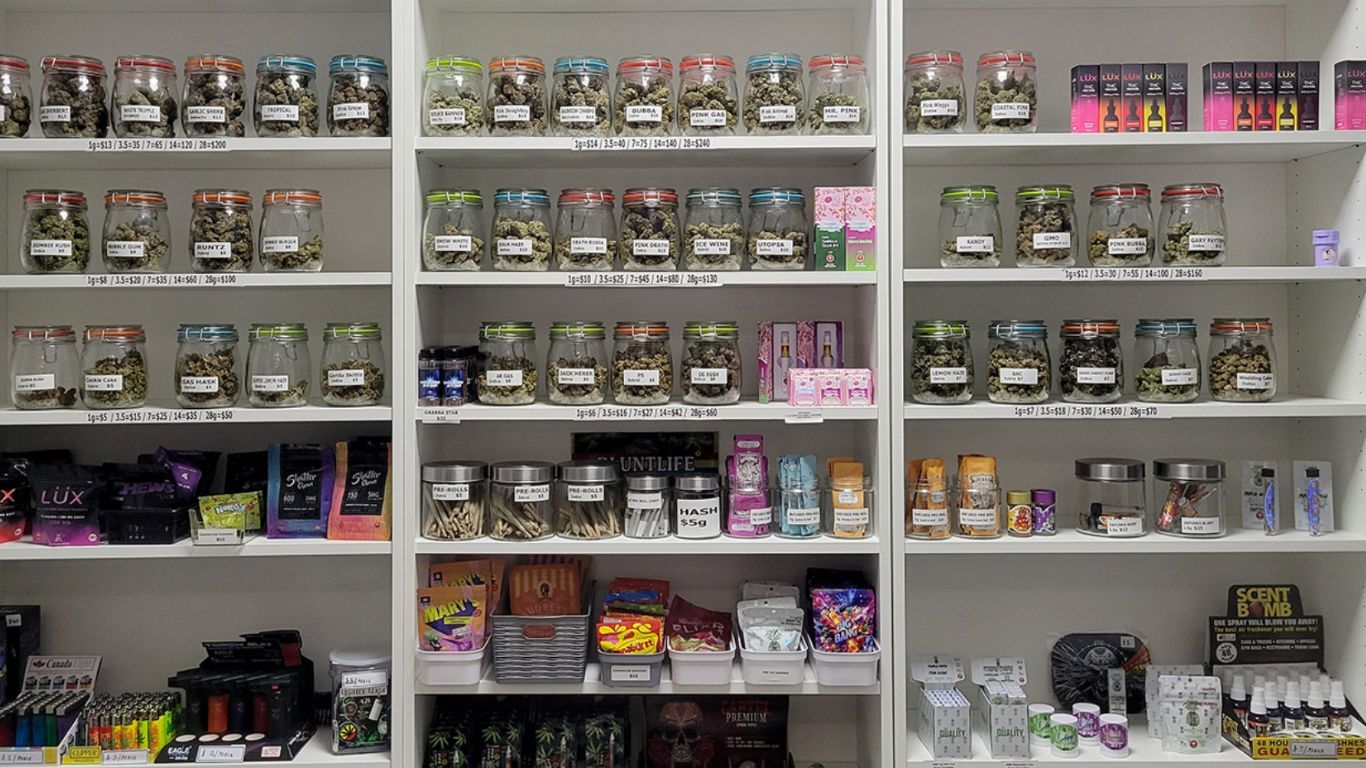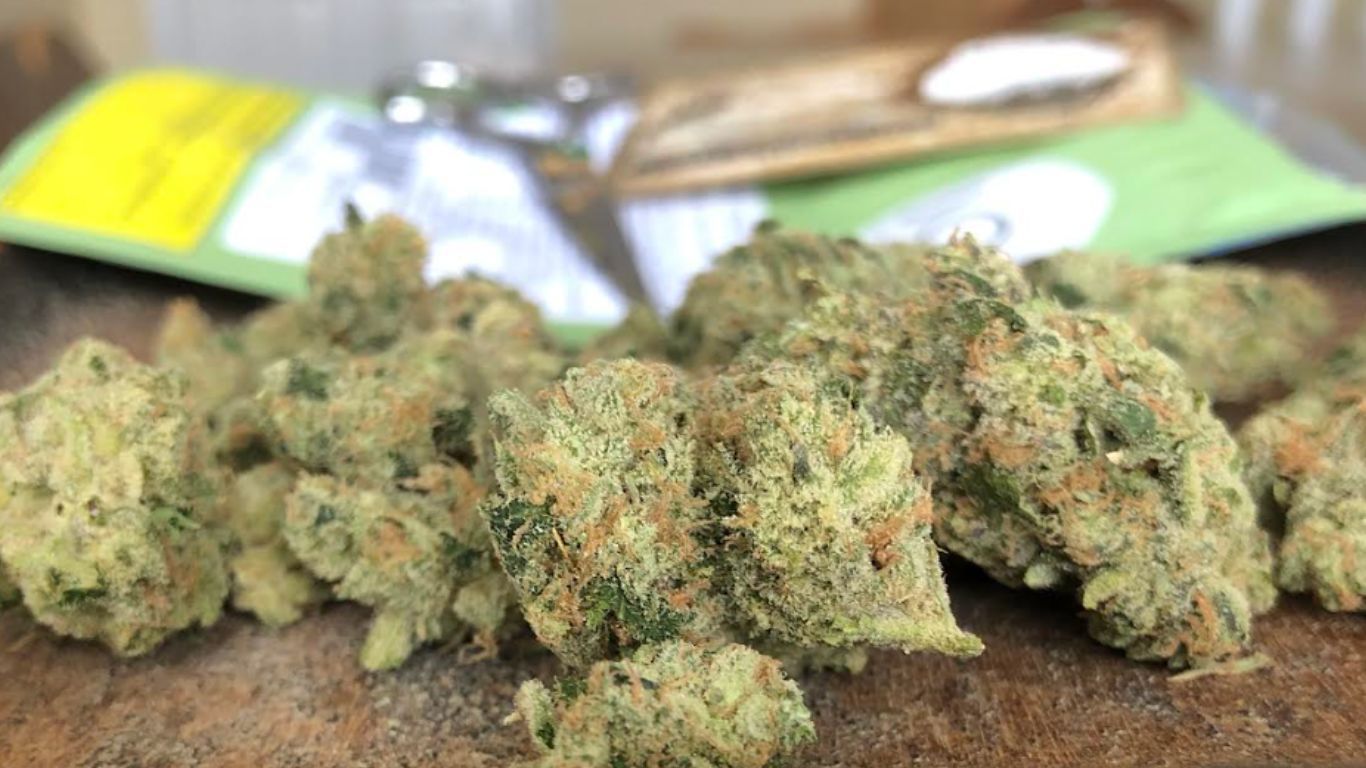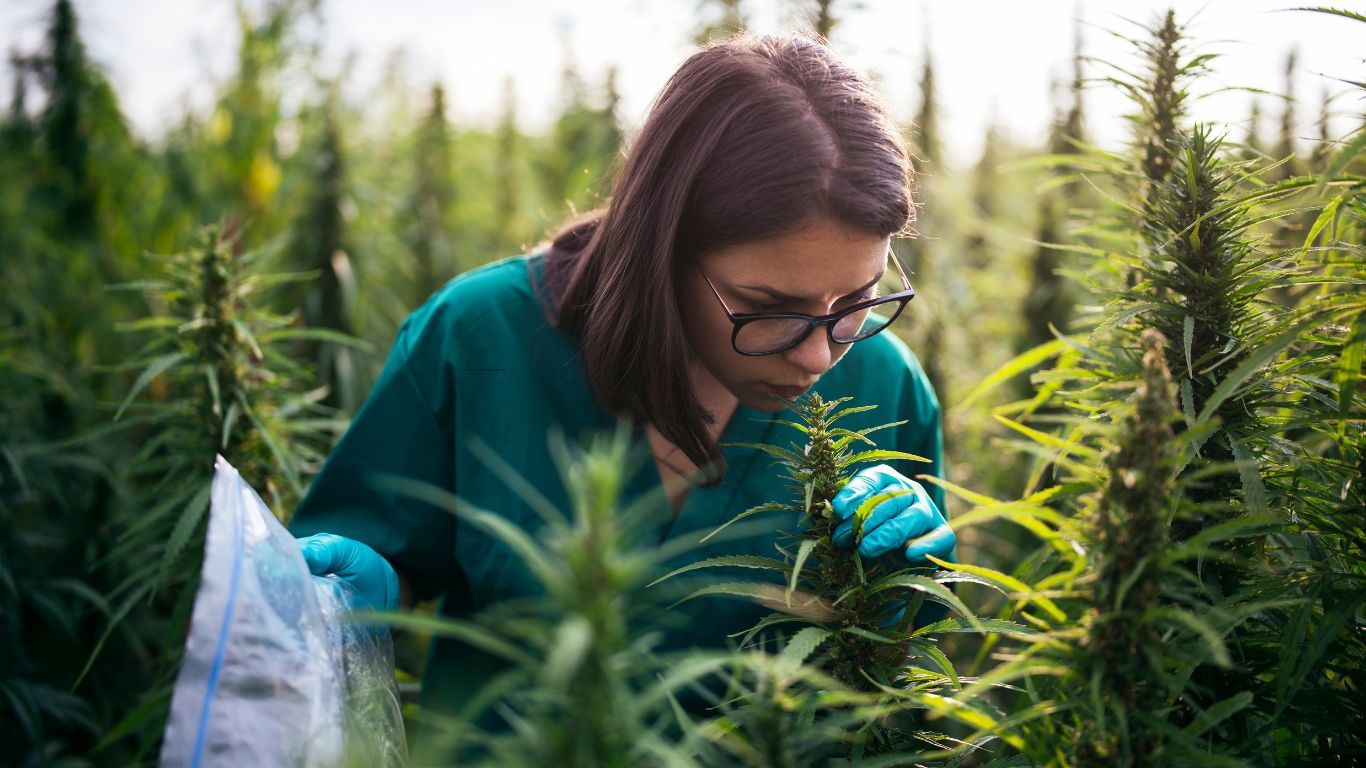
It’s no secret that women face challenges in the workplace. As of 2021, a female worker in Canada makes 89 cents to every dollar earned by a man. This statistic points to a larger problem, wherein women often experience subtle, and at times overt, gender bias.
Each industry has unique ways of expressing this bias, and cannabis is no exception.
“In cannabis, there was a tightly knit legacy community that was largely male-dominated,” says Audrey Wong, CEO and Founder of Zyre Brands in Vancouver, which makes full spectrum cannabis vapes. “It’s been tough for women to build a community. For me, most of the people I’ve built connections with until recently are men.”
Financing – already an uphill battle for many cannabis businesses – remains a big hurdle.
“It doesn’t matter who you are, raising funds is definitely a challenge,” says Ashley Athill, co-owner of HRVSTR, a micro cannabis producer in Ontario. “Some investors—not all—but some, are very focused on male-run companies and are less open to funding female-owned companies.”
While there is respect for women as knowledge contributors, this doesn’t always translate into seeing them as leaders.
Sarah Roberts, President at Cicatrix Labs
Given how young the regulated cannabis market is in Canada, most businesses can be considered start-ups. This brings its own set of challenges for women.
“As a start-up, the early funding generally comes from self, friends, family or perhaps an angel investor,” says Karen Young, President and Founder of Wovven Brands Inc., which makes Sense & Purpose cannabis beverages. “In my experience, even if they believe in your ability to lead and build a great company, there seems to be this skepticism about whether you can do it in such a tumultuous and competitive environment. I think it’s an unconscious bias, kind of like, ‘It’s too rough and tough for a female to handle’.”
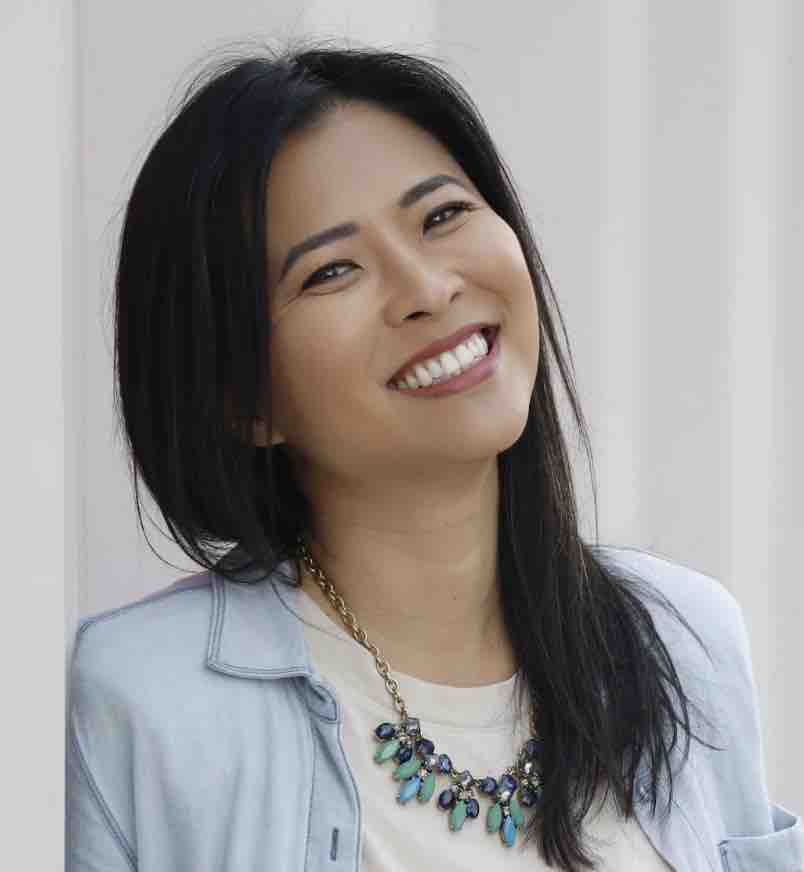
Not having women in visible leadership roles can directly affect access to capital. The more we see women in higher positions, the more the culture will accept that they are capable of making the right business decisions.
“While there is respect for women as knowledge contributors, this doesn’t always translate into seeing them as leaders,” says Sarah Roberts, President at Cicatrix Labs in Kelowna, BC, which makes suppositories and topicals. “I see a lot of female QAs, for example, but not nearly as many CEOs. In an industry which has been built from investment, this may skew the odds against women-led companies.”
Shauna Levy, Founder and CEO of Madge and Mercer, which makes cannabis self-care products designed exclusively for women, says that she started her business to address a real and authentic need, which is that most women over 40 experience hormonally-induced symptoms. These can include stress and anxiety, chronic pain and inflammation, and sleep challenges.
But this didn’t necessarily resonate with male investors.
“The irony was when I first went out to raise funds, men usually responded with: why so niche?” she says. “On the other hand, female investors got it immediately. My investor base is 65% female.”
The communication divide
One of the most notable challenges facing women-owned business leaders is simple communication. It is not only that men and women have different communication styles. It seems that men–perhaps unconsciously–are more inclined to listen to, and to address, other men.
During our proposals, in which the audience was always male-dominated, all of the operational questions were directed at my male partner. He would look to me, I would answer the questions, which would then be redirected to him.
Kyrsten Dewinetz, Co-Founder and Chief Executive Officer at White Rabbit OG
“When we were getting started, my male partner and I had over three dozen meetings with LPs where I was the only female present,” says Kyrsten Dewinetz, Co-Founder and Chief Executive Officer at White Rabbit OG in Vancouver, which makes cannabis-infused soft chews.
“During our proposals, in which the audience was always male-dominated, all of the operational questions were directed at my male partner. He would look to me, I would answer the questions, which would then be redirected to him.”
Dewinetz spent the better part of two decades in food manufacturing, where she saw little prejudice against women. However, prior to that, she worked in industrial chemicals which, like cannabis, is quite male-dominated.
“My experience in Cannabis has been similar to Industrial chemicals, in that at the beginning there are some suspicions,” she says. “They wonder, ‘Does she know what she’s talking about?’”
For her part, Young, who is a former executive at Nestlé Waters, can relate to the fact that women often aren’t taken seriously within the cannabis industry.
“I can’t count the number of times I have proposed an idea or action plan that gets ‘picked apart’; however, when a male counterpart expresses—or repeats—the same plan, it is believed and built upon,” she says. “When they’re speaking, they’re not listening, and men tend to do most of the speaking in the meetings I’ve been in. I believe, for the most part, it is an unconscious bias, which is disappointing given all the resources and dollars the industry has put into this challenge.”
In my experience, even if they believe in your ability to lead and build a great company, there seems to be this skepticism about whether you can do it in such a tumultuous and competitive environment.
Karen Young, President and Founder of Wovven Brands Inc.
Given that women bring a unique perspective, and unique abilities, to the market, it would make sense to sit up and listen.
“I have two decades of experience in science and food tech, building products,” says Dewinetz. “But I wouldn’t say that I was always welcomed with open arms, or an open attitude. It’s primarily assumed that someone in an executive role is a man, and that they have the expertise and knowledge to perform in the world, whereas the opposite is assumed from the female perspective. I have to prove myself before I’m given my acknowledgement to go ahead.”
Paying attention to communication styles, and being inclusive of all participants, isn’t only the right thing to do: it also makes business sense. Failure to do so can have real consequences for all involved. Roberts from Cicatrix Labs describes a boardroom discussion with seven other people, in which her company was central to the success of the two other groups at the table.
“At the end of the discussion, after being spoken over multiple times during the meeting, there was a round table during which each person was asked if they were in agreement with the proposed plan,” she says. “Everyone agreed, but when it came to my turn to speak, suddenly the conversation abruptly moved on and I was not asked for my opinion. Although I could have interrupted and insisted on speaking, I decided to take this as an indicator of future business practices, and let the deal fall through.”
Roberts isn’t the only woman who walked away because the poor communication, and lack of respect, did not instil confidence.
“There is always the car salesman scenario where we are mansplained, taken advantage of, where there is an unfair assumption that the woman isn’t educated or knowledgeable,” says Levy from Madge and Mercer, who recently was asked to co-chair the C3 Communications Committee. “I had one or two of these – but fortunately got out of them before the contracts were signed.”
Staying positive
One overwhelming message that comes through from talking to women in leadership roles in the cannabis industry is that they’re committed to being positive. Cannabis, after all, is for everyone.
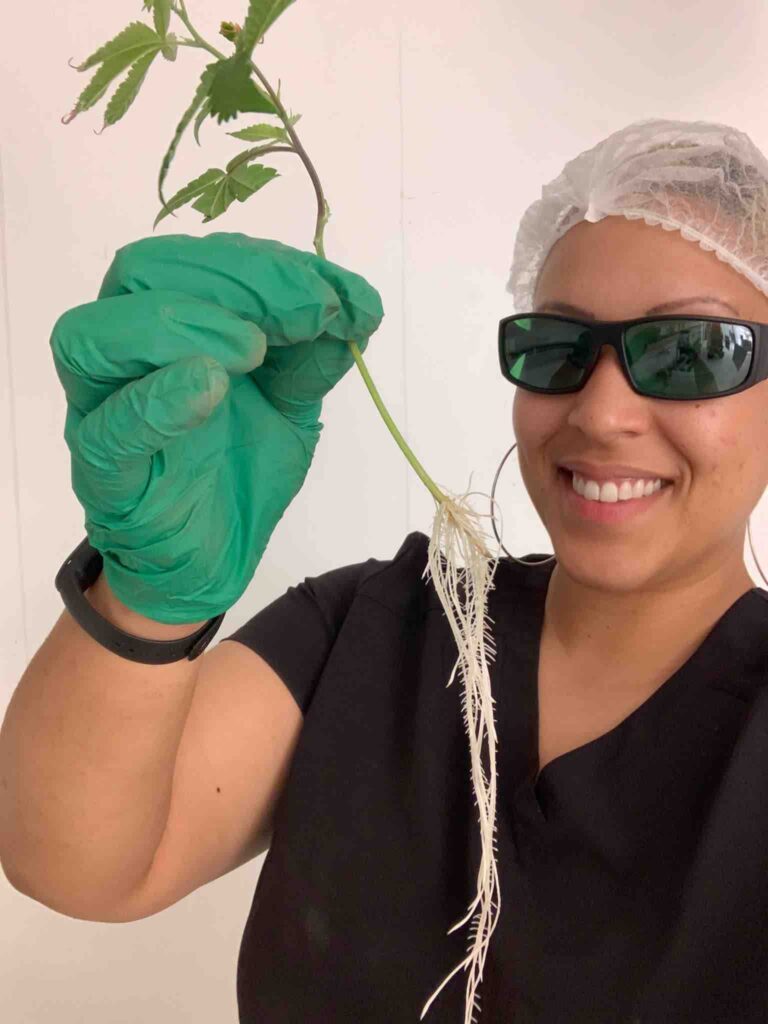
“My partner is my brother, so we focus more on being a family-owned business,” says Athill from HRVSTR. “What I want with HRVSTR is a brand that achieves balance. Because there’s nothing wrong with that male energy, I think it’s important, but it’s also important to have that countered with female energy in the perfect balance. We want to celebrate both.”
It also helps companies address a larger demographic, and capture more value.
“Having both men and women involved in the input shows in the output, how you speak to the demographic you’re trying to approach,” says Dewinetz. “Women come into this industry with a slightly different viewpoint and perspective. Men tend to be laser-focused on a goal, and don’t sometimes see some of the peripherals that could be very influential. Working together allows our organizations to achieve so much more.”
Wong from Zyre Brands is taking the opportunity to celebrate women in cannabis by reaching out to women-owned recreational brands and retailers in honour of International Women’s Day (IWD), which is March 8. She is sending a tag to retailers which says “support a women-owned brand”, which they can print out and attach to products.
“We have spoken to women-owned stores in BC and Ontario; they’re aware of the initiative and have expressed a lot of excitement,” she says. “There are four women-owned brands in the campaign: Madge and Mercer, White Rabbit OG, Sense & Purpose, and my own business, Zyre Brands.”
Wong sees the IWD and her initiative as an opportunity for women-owned brands to make themselves heard.
“This is the first year of the IWD campaign, and I would love to do it every year because the women-owned business network is so small right now,” she says. “I have taken the onus to lead it because I have the resources and capacity to do so. Hopefully, next year there will be lots more women and brands, and we can pool resources to make it bigger and better.”









